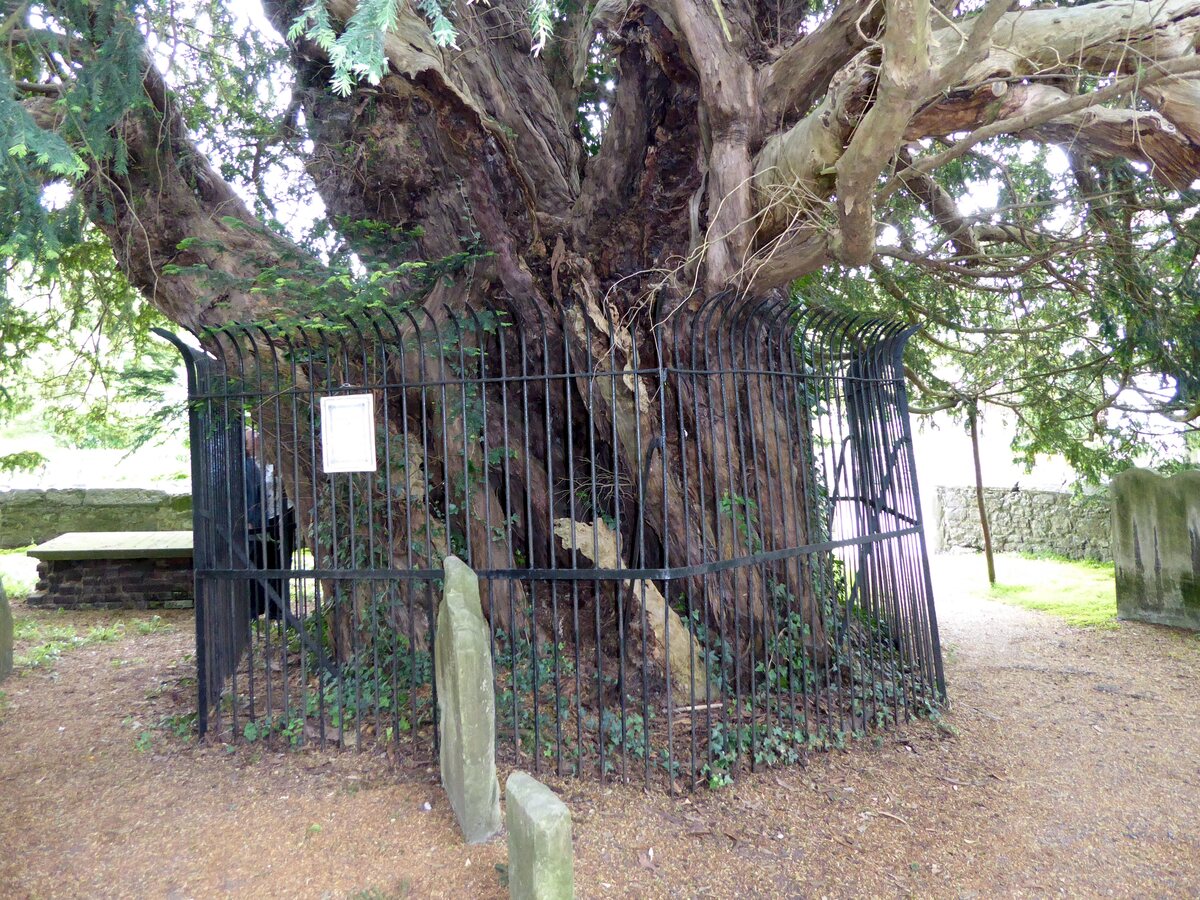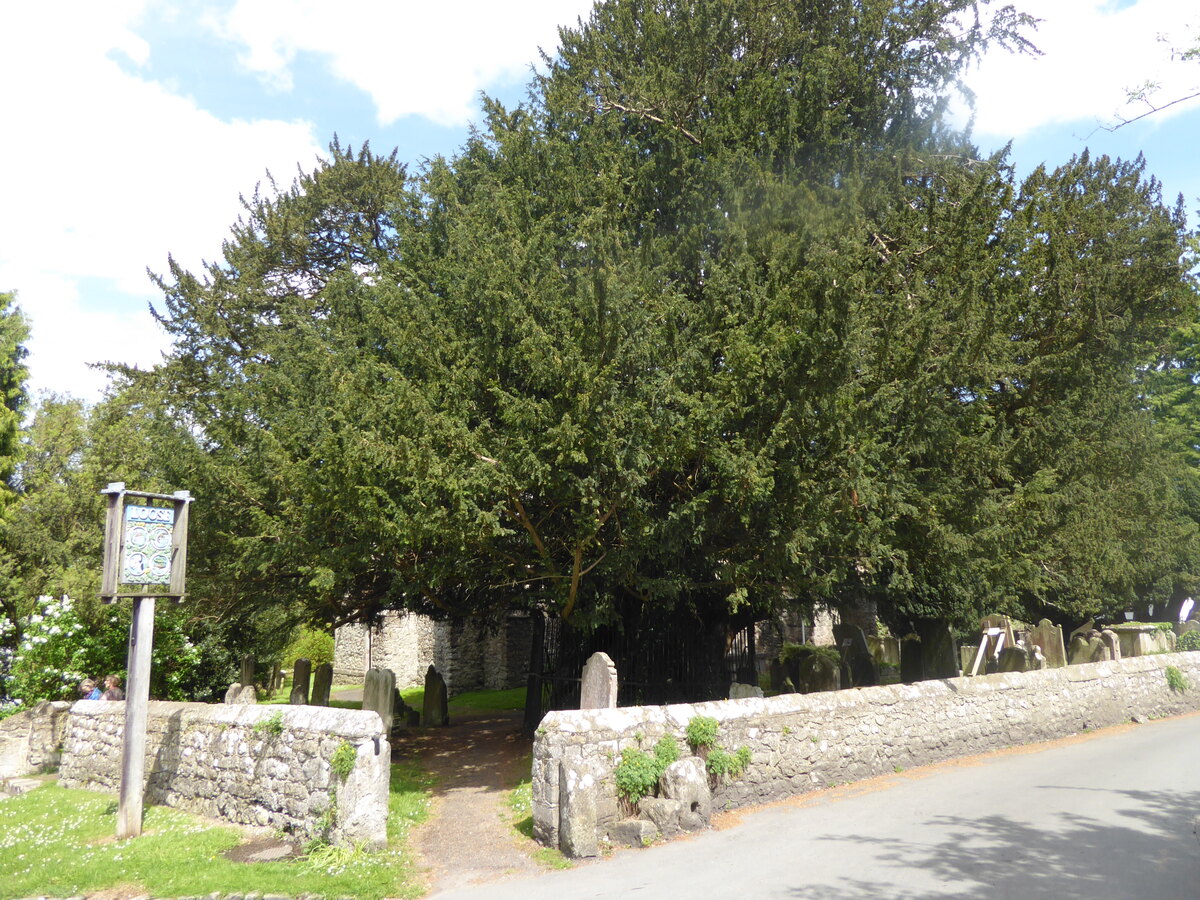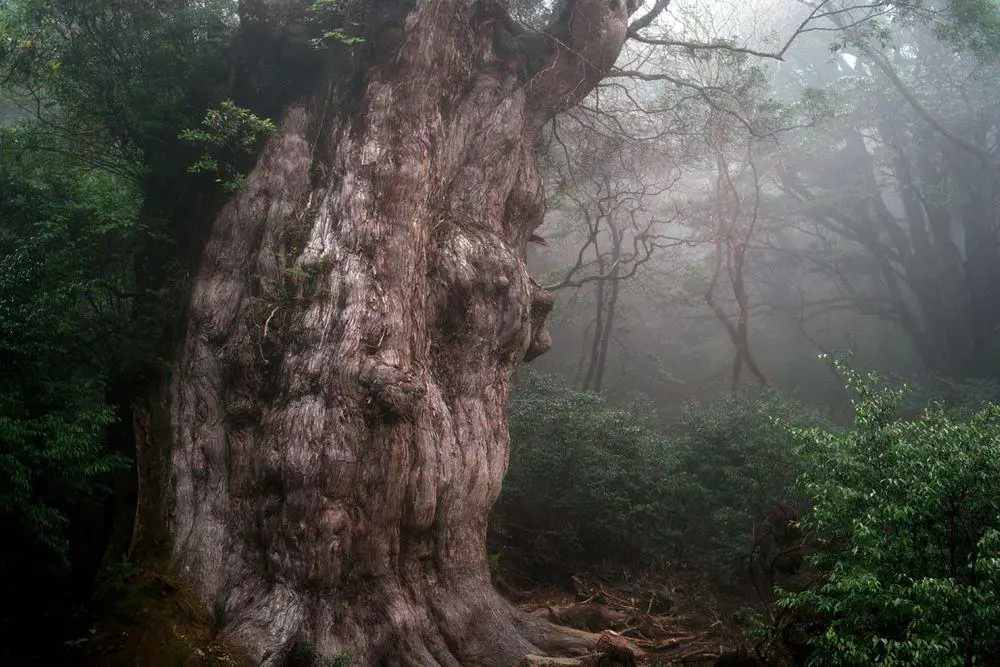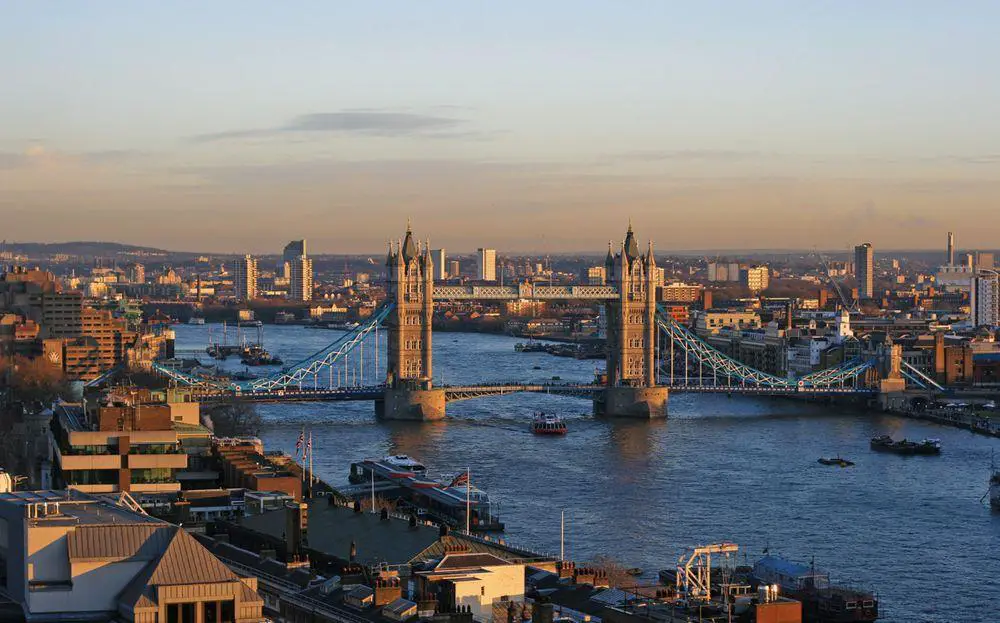World 🢖 Europe 🢖 United Kingdom 🢖 England 🢖 Kent
Wonder
Yew at Loose All Saints’ Church

 In short
In short
A giant yew tree grows at the All Saints’ Church in Loose. This is a well-known and beloved tree that may predate the church and, possibly, marks a more ancient sacred site. This is a ghost site as well!
 36.0%
36.0%
GPS coordinates
Location, address
Species
Circumference
Map of the site
If you see this after your page is loaded completely, leafletJS files are missing.
 In detail
In detail
Loose village and church
Loose village might have gotten its name from Anglo Saxon “Looze” – pig-pen, a pig shelter. This name could be closely linked to the giant yew tree: it is possible that in earlier times, there was a wooden fence around the yew tree and pigs had shelter under its dense foliage after a day in the nearby hills (2.). Today this is a picturesque village with several old buildings, including the medieval All Saints’ Church, as well as larger quarters of more recent private houses.
The current All Saints’ Church is quite old. The main part of the building was initially constructed in the 13th century, but the tower (which is set in an angle) might be older. Its nave still has traces of medieval paintings. The three bells of the church are quite old as well: respectively, from 1550, 1603, and 1629 (this one later was recast two more times).
Yew at Loose church

The ancient yew grows close to the church, in the churchyard. However, it would be more correct to say that the medieval church was built next to the yew, because the yew, most likely, is older than the church.
This tree is male. Its slanted trunk has an enormous hollow that has divided it into several parts that join together at the height of approximately 1.8 m.
In earlier times the tree was larger – the storm in 1968 split the trunk, decreasing its circumference. Before this, the trunk, reportedly, had a girth of 36.5 feet (11.1 m!). (2.)
The tree is enclosed in a metal railing. Most likely, this is the reason why we do not have too many measurements of it. The book “The Sacred Yew” (1994) gives a circumference of 33 feet (10.06 m) (1.), but more recent measurement (2012, 2.) at the height of 1.5 m gives 9.6 m.
The tree has excellent health and it is comparatively well-known and well-respected.
A small stream, named The Brooks, runs next to the tree towards the nearby millpond.
Legend of Loose Yew
According to a legend, the All Saints’ Church has ghosts that are linked to the yew tree. (3.)
To see them, one should stick a pin in the yew tree at midnight and then run anti-clockwise around the tree… 13 (or 12… or 24) times. Well – taking into account the size of the tree this is quite a distance! Then (if one can still stand straight after this :D) he should stand on the table near the porch of the church and look inside through the window. A frightening scene of a woman killing a baby will appear then.
Another version of the story tells that after running around the tree one should look through the small window in the Charlton Memorial and then he would see the face that is missing from the top of the pillar of this memorial.
References
- Yew/Yews at Loose England, Ancient Yew Group. Accessed on December 22, 2023.
- Common Yew – 478, The Conservation Volunteers. Accessed on December 22, 2023.
- Paranormal Kent: Loose, Phoenix History. Accessed on December 23, 2023.
 Linked articles
Linked articles

Wonders of England
The natural and cultural wonders of England are very diverse and here are found some of the world’s most impressive landmarks in several categories, such as churches and museums.

Trees
The category includes some of the most impressive and interesting separate trees in the world. The total number of tree species in the world still is a wild guess – maybe 10,000 and maybe 100,000 but most likely somewhere in between. Every month there are reported new tree species from the whole world, including Western Europe.

Wonders of the United Kingdom
Throughout many centuries the United Kingdom has enjoyed relative political stability and wealth. As a result, humans have created here countless amazing and well-preserved values of art and history.
 Recommended books
Recommended books
The God Tree
The God Tree is a great read and will make people think again and again about Yews’ – David Bellamy, the Naturalist. This is the first book to take up the quest for the Golden Bough since JG Frazer’s classic study in 1915 with the discovery of the bough growing once more, as the rare adornment of a small number of ancient Yews.
The Ancient Yew: A History of Taxus baccata
The gnarled, immutable yew tree is one of the most evocative sights in the British and Irish language, an evergreen impression of immortality, the tree that provides a living botanical link between our own landscapes and those of the distant past. This book tells the extraordinary story of the yew’s role in the landscape through the millennia, and makes a convincing case for the origins of many of the oldest trees, as markers of the holy places founded by Celtic saints in the early medieval ‘Dark Ages’.


